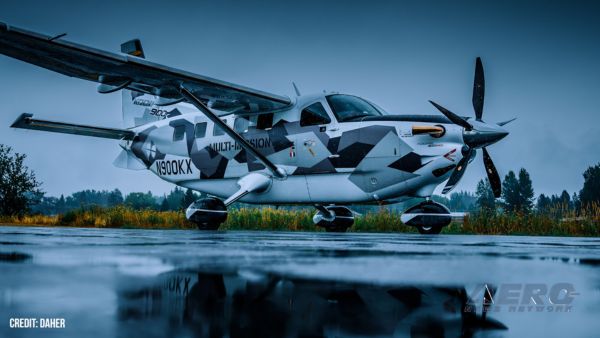Foam Failure Freezes Future Flights
By ANN Correspondent Christopher Armstrong
There will be no more Shuttle launches until NASA engineers
determine the effect of debris that fell from the space shuttle
Discovery during its launch Tuesday said space shuttle program
manager Bill Parsons to reporters. The piece of insulating
foam was observed falling from the shuttles external fuel tank via
a video camera onboard the tank. The piece of foam did not appear
to hit Discovery.
A piece of foam caused the damage that resulted in the
destruction of the shuttle Columbia Feb, 1 2003.
The shuttle fleet was grounded for more than two years after the
loss of Columbia, as NASA searched for ways to ensure that foam
debris never again imperiled an orbiter or its crew. Over $1
billion was spent trying to make the 20-year-old shuttles safer to
fly during that time. The space agency developed a number of ways
to repair damage to the shuttles' thermal protection system while
the orbiter was still in space, though none is ready for use on
this flight.
Oh, and then there was the "cultural change" thing. The idea
behind "changing the culture" of NASA was to put safety first and
foster better communications up, down and across their
organizational chart.
"Call it luck or whatever, it didn't harm the orbiter," Parsons
said. If the foam had broken away earlier in flight - when the
atmosphere is thicker, increasing the acceleration and likelihood
of impact - it could have caused catastrophic damage to
Discovery.
"We think that would have been really bad, so it's not
acceptable," said Parsons' deputy, Wayne Hale. He said every
indication so far is that Discovery is safe for its return
home.
Based on engineers' "first-blush" analyses of falling debris,
there was "no significant problem" with Discovery as it orbits
Earth. Hill spoke to reporters after astronauts spent "one hell of
a day" photographing Discovery. NASA engineers are now going
over images of the shuttle pixel by pixel, looking for any possible
damage to the thermal protection system.
The images were collected by Commander Eileen Collins and her
crew during seven hours of careful examination of the shuttle's
protective skin Wednesday. Crewmembers used cameras and a laser
mounted on a special 50-foot long boom at the end of the
Canadian-built robotic arm to inspected Discovery's wings, nose
cap, and crew cabin. They also used handheld cameras to inspect
tiles on the orbital maneuvering system pods.
Footage gathered from the multitude of cameras trained on
Discovery showed the external fuel tank's nose cone hit a bird
about 2.5 seconds after liftoff -- when Discovery was probably
traveling too slowly to sustain any damage, Hill said.
The search for damage was included as an integral part of this
mission. The video evidence of a piece of debris falling past
the orbiter during Tuesday's liftoff emphasizes just how crucial
this search is.
More photographs will be taken by Commander Sergei Krikalev and
Officer John Phillips of Space Station Expedition 11. They
will take images of Discovery focusing on any areas of missing tile
pieces as the Shuttle nears the Space Station and flips while
aproximately 600 feet away.
Discovery is scheduled to dock to the Station July 28th at 0718
EDT, and return to Cape Canaveral August 7, 2005.
 Classic Aero-TV: Up Close And Personal - The Aeroshell Aerobatic Team at Oshkosh
Classic Aero-TV: Up Close And Personal - The Aeroshell Aerobatic Team at Oshkosh ANN's Daily Aero-Term (07.13.25): Tactical Air Navigation (TACAN)
ANN's Daily Aero-Term (07.13.25): Tactical Air Navigation (TACAN) ANN's Daily Aero-Linx (07.13.25)
ANN's Daily Aero-Linx (07.13.25) NTSB Prelim: Pitts S2
NTSB Prelim: Pitts S2 Airborne 07.09.25: B-17 Sentimental Journey, Airport Scandal, NORAD Intercepts
Airborne 07.09.25: B-17 Sentimental Journey, Airport Scandal, NORAD Intercepts


